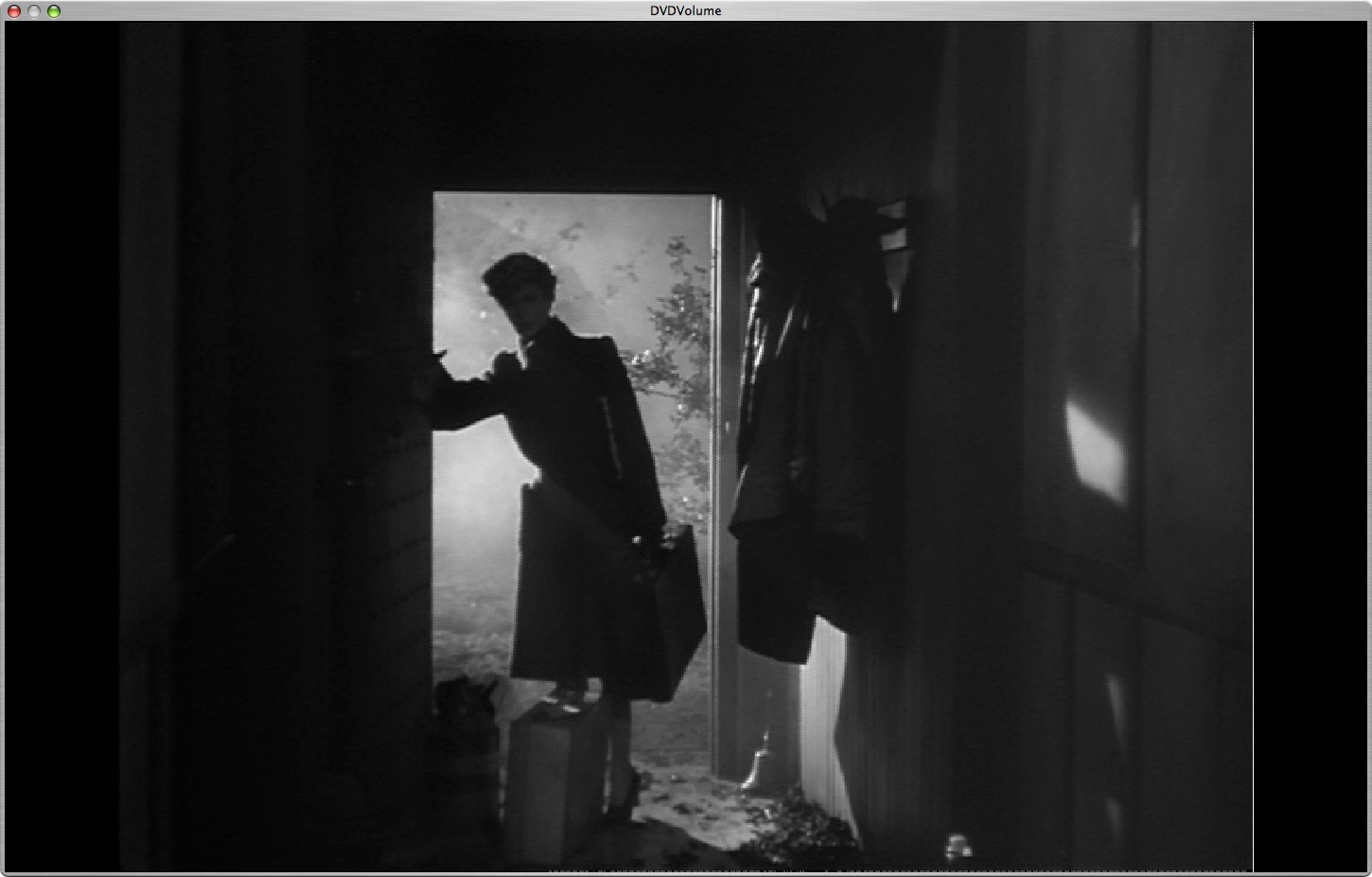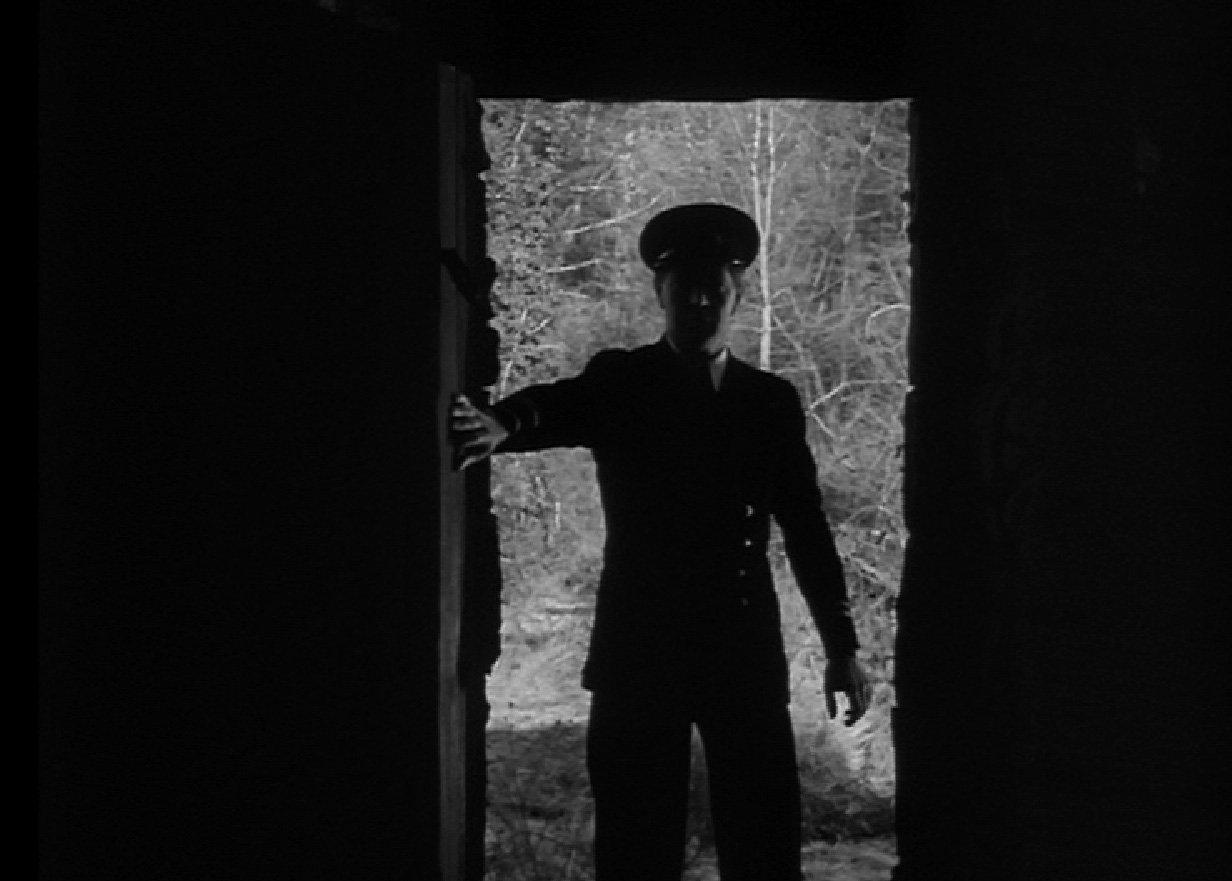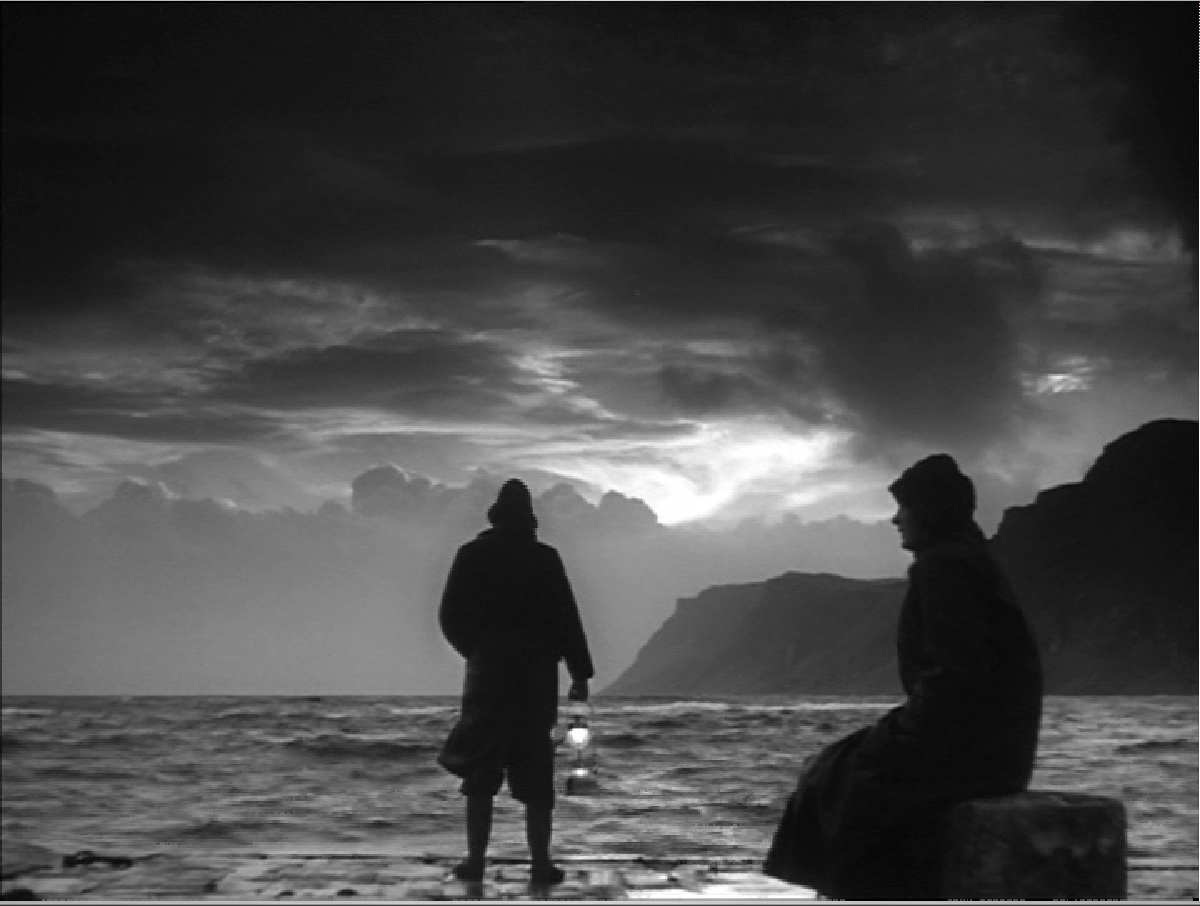Quite a Long Time ago
I watched ‘I Know Where I’m Going’ for the first time.
In 1945, Powell & Pressburger released ‘I Know Where I’m Going’; shot partly on location in the Isle of Mull, starring Wendy Hiller and Roger Livesey. It’s a film set in wartime, made in black and white, beautifully shot by Erwin Hillier. There are plenty of summaries of the plot available - see for example here and a good little BFI book by Pam Cook. I saw this film first maybe about the age of 12 and I fell in love with it. I am in good company as it’s Martin Scorsese’s favourite (as well as many other peoples). There are so many things I love about it and it’s been a huge source of inspiration for my artist’s books.
Visually it’s stunning - the textures and dramatic lighting, the framing of similar shots in doorways that echo each other.
The main story is one of finding true love, but the more interesting and subtle aspects of the film are its sense of mysticism and spirituality - it is deeply idealistic. The heroine finds love but in the process realises she doesn’t want to marry just for money or security - she comes to appreciate on a profound level that despite what she thinks at the outset of the film - as its title indicates, that life isn’t ultimately something she can control. Her primary goal is utterly derailed despite her best endeavours to keep on track. She is on a journey but not one that is necessarily of her own making. Thus it plays on ideas of fate - how much can the individual control what happens to her ? And are the things that happen somehow ‘meant’ - is there such a thing as fate ? The film is underpinned by stories - myths and legends, that give the impression that the characters are mirroring what is happening in those stories, that there is something inevitable about the ultimate conclusion. The heroine’s desperate struggle to avoid this inevitable conclusion involves her in direct opposition with the forces of nature - the huge storm which she struggles through in her attempts to run away from her ‘fate’.
Another very important thing to note is the sense of landscape. In IKWIG the landscape plays a huge part. It reflects personalities, emotions - people are seen as connected to it and to history through the landscape. In the context of wartime, these connections to the land, this playing out of mythical stories, suggest a tremendous sense of history, of permanence and continuity.
I have made all sorts of work about it, about characters in the film, about locations…I carry it with me in my head. The image below is from a large hanging gallery installation whereI typed up the whole film script, tore up all the pages and hung the words on threads in a random order. I was thinking about meaning and fate and randomness. Would new stories emerge in the random combinations of words ? When you develop a close relationship with a film, so it is so utterly familiar but still mains magical, there remains a feeling that it might surprise you, that something might change. In ‘The Purple Rose of Cairo’ (Woody Allen) suddenly a character turns to the audience and steps out of the screen to meet the woman who has kept coming to see the film. If I disappear one day I hope its because I’ve taken Torquil’s hand and stepped into IKWIG.
A large gallery installation; all the words in the film ‘I Know Where I’m Going’.






